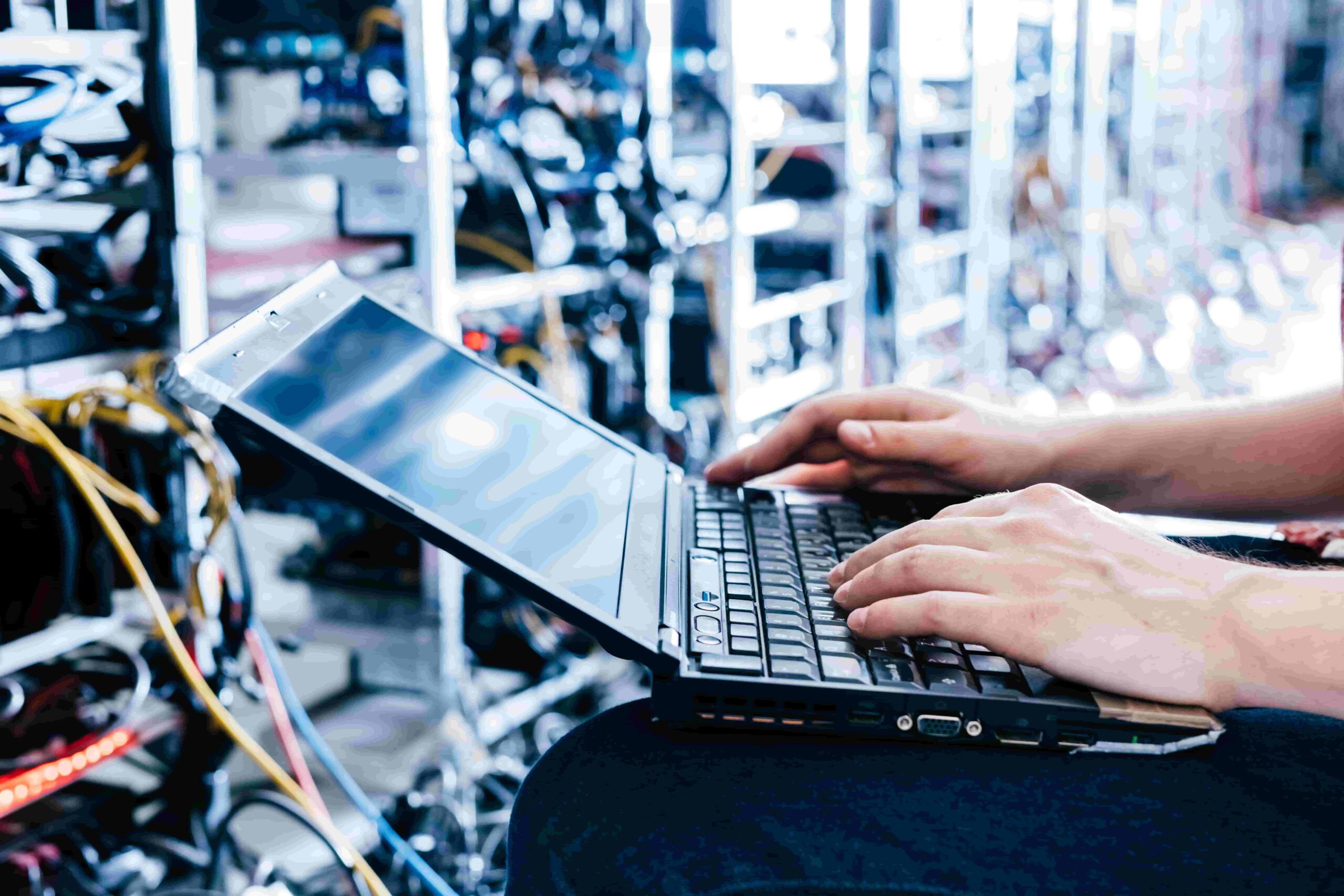The manufacturing sector is undergoing rapid digital transformation, and manufacturing IT stands at the core of this evolution. From automation and IoT integration to cloud-based ERP systems and AI-driven analytics, IT solutions are redefining how manufacturers operate. Modern businesses must embrace innovative digital strategies to stay competitive, reduce costs, and meet the demands of Industry 4.0.
The Role of IT in Modern Manufacturing
Manufacturing IT is more than just deploying software; it’s about creating an intelligent, connected ecosystem. With the rise of smart factories, IT systems connect machines, people, and processes in real time, helping organizations make data-driven decisions.
Key benefits of manufacturing IT include:
- Streamlined production processes through automation.
- Improved quality control with real-time monitoring.
- Enhanced supply chain visibility.
- Predictive maintenance to reduce downtime.
Cloud Adoption in Manufacturing IT
Cloud solutions are transforming manufacturing IT by enabling scalability and flexibility. Migrating ERP systems, production monitoring tools, and analytics platforms to the cloud reduces infrastructure costs while increasing data accessibility.
- Cloud ERP: Helps manufacturers integrate finance, supply chain, and production in a single platform.
- Data Storage & Analytics: Cloud environments allow storage of vast amounts of sensor and IoT data, making predictive insights possible.
- Collaboration: Cloud platforms enable seamless communication across global supply chains.
Automation and Robotics Integration
Automation is central to manufacturing IT. With advanced robotics and automated systems, manufacturers can increase efficiency while reducing human error. IT teams develop software systems that:
- Control robotic arms on production lines.
- Integrate IoT devices with AI for real-time adjustments.
- Optimize workflows for faster output.
This blend of IT and operational technology (OT) creates smarter, adaptive factories.
Data-Driven Decision Making
The manufacturing industry generates enormous data—from machines, supply chains, and customers. Leveraging IT systems for big data analytics enables organizations to:
- Forecast demand accurately.
- Optimize resource allocation.
- Improve product design through customer feedback.
Artificial Intelligence (AI) and Machine Learning (ML) play a significant role in converting raw data into actionable insights.
Cybersecurity in Manufacturing IT
With increased connectivity comes increased risk. Manufacturing IT must prioritize cybersecurity to protect intellectual property and sensitive production data. Solutions include:
- Identity and Access Management (IAM).
- Secure cloud environments.
- Network segmentation for IoT devices.
- Continuous monitoring with AI-driven threat detection.
Digital Twins in Manufacturing IT
A growing trend in manufacturing IT is the adoption of digital twin technology—virtual replicas of physical systems. By simulating production lines or machinery in a digital environment, companies can test efficiency, predict failures, and innovate without costly downtime.
Future Trends in Manufacturing IT
The future of manufacturing IT will be shaped by emerging technologies, such as:
- 5G Networks: Faster, more reliable connectivity for IoT devices.
- Edge Computing: Processing data closer to machines for real-time performance.
- Blockchain: Secure, transparent supply chain management.
Sustainability Solutions: IT systems designed to reduce energy consumption and waste.
Conclusion
Manufacturing IT is revolutionizing the industrial sector by merging automation, cloud computing, and advanced analytics. Companies that leverage these technologies not only optimize their operations but also position themselves as leaders in the Industry 4.0 era. As the line between IT and operational technology continues to blur, the role of IT in manufacturing will only grow stronger

